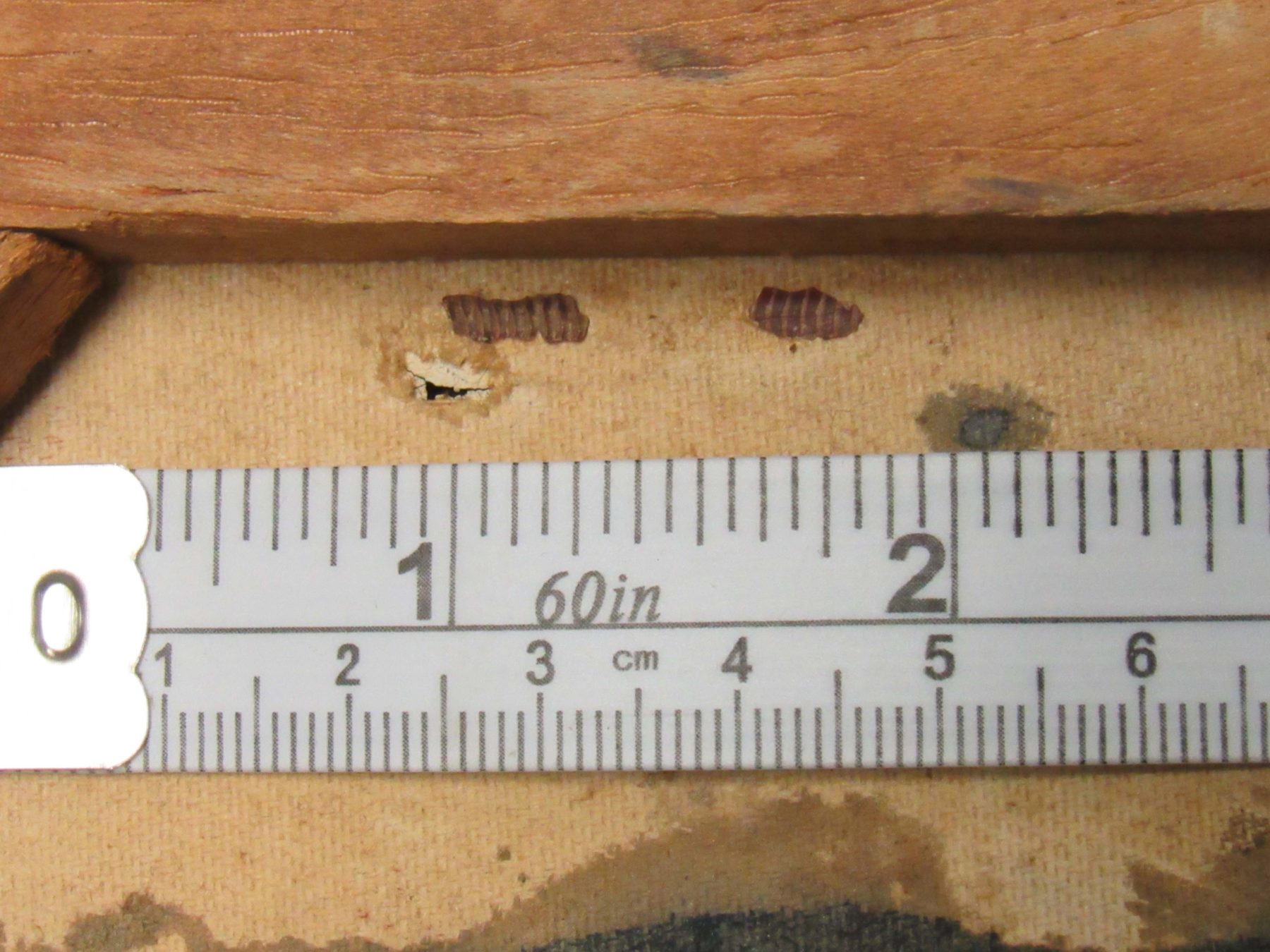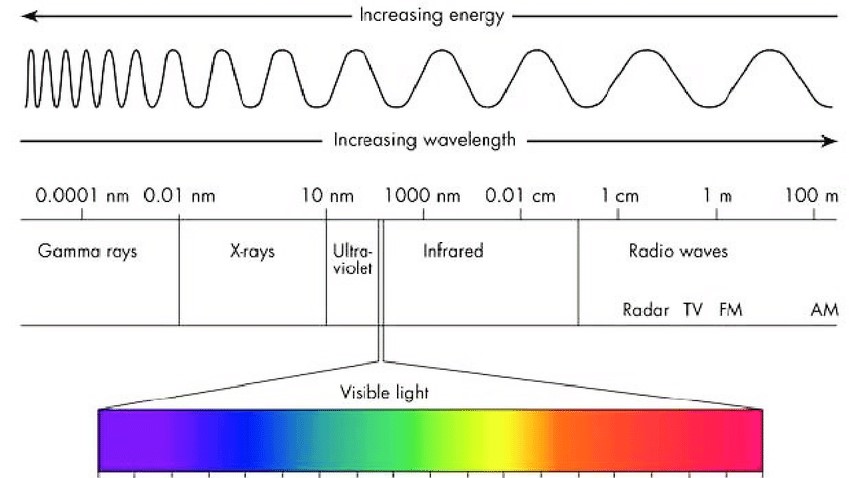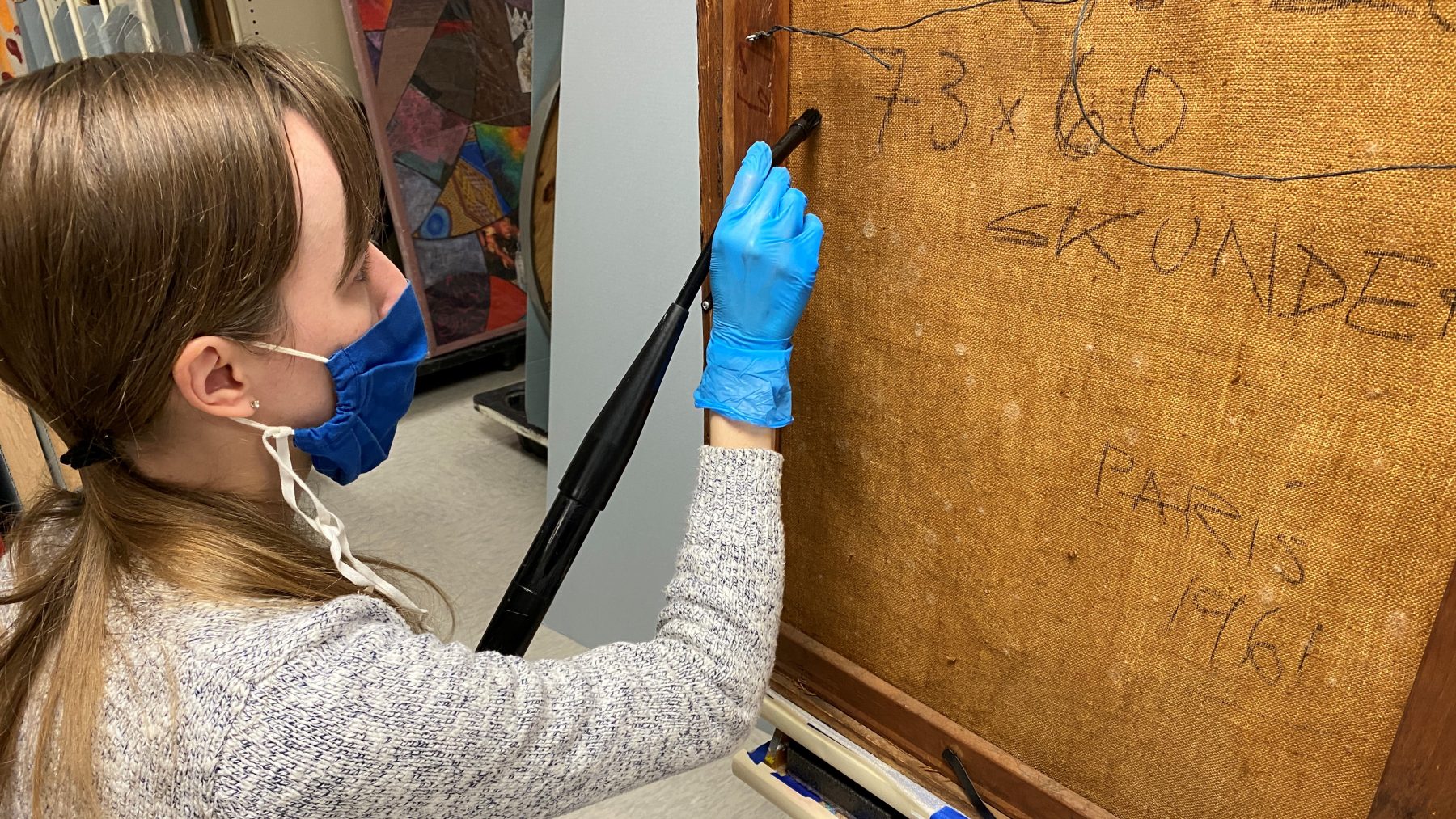A Chrysler Museum of Art and Hampton University Museum Partnership
Preventive

The Mystery of the Tasty Canvases
Pests, insects, bugs, creepy-crawlies…whatever you call them, they are not good for art collections! These tiny agents of deterioration can cause lots of damage quite quickly, and they may go unnoticed at first. Learn more about how conservators deal with these vicious vermin here.
The Paradox of Light: Necessary but Damaging
Light is an unavoidable element of our environment, but it causes irreversible changes to artworks, and therefore is considered one of the agents of deterioration. Read more about how conservators address this paradox here!
The Dangers (and Usefulness) of Water
Learn more about another of the Ten Agents of Deterioration: water! Its effects on artworks can be quite damaging when they are uncontrolled and unexpected. It can also lead to the growth of mold. But water can also be a useful tool for conservators who need to treat artworks. What’s the difference? Keep reading!
Physical Forces and Inherent Vice
Physical forces, like drops, scrapes, or bumps, may be what most people think of when it comes to damages to artworks, so this is the first Agent of Deterioration I am covering. There may also be inherent aspects which can cause cracks to form in paintings, and the consequences and treatment options for these can be quite different. Read more to learn why!
Agents of Deterioration and Preventive Conservation
Protecting collections starts with understanding the ways that damage can be caused to objects, often called the 10 Agents of Deterioration, as well as how to prevent their effects. Preventive conservation is the term used to describe the actions taken to avoid future interventive treatment and reduce risks. Learn more here about the upcoming conservation blog series!





